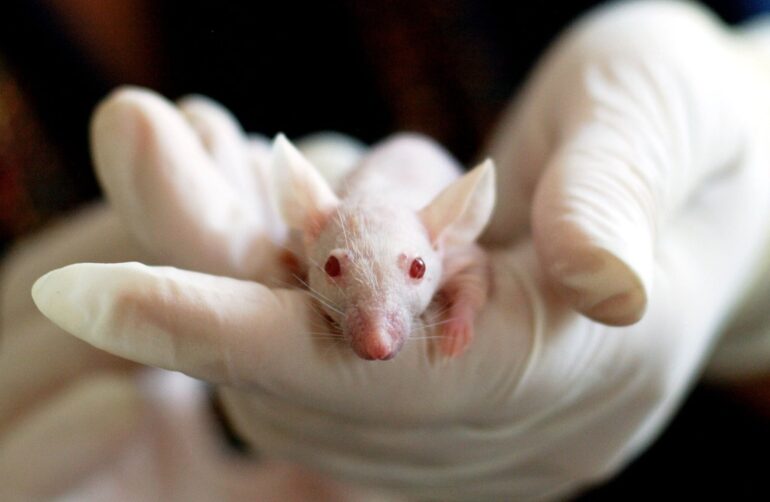TL;DR:
- Google Research, in collaboration with prestigious institutions, launches a $33 million, five-year project.
- Aims to advance the field of connectomics, mapping cellular connections in the brain.
- Supported by the BRAIN Initiative, led by Harvard University, with contributions from top universities.
- Seeks to comprehend the human brain, unravel mysteries of mental illnesses, and develop treatments.
- Focuses on mapping 2-3% of the mouse brain, particularly the hippocampus, which is vital for memory and navigation.
- Previous milestone: mapping one cubic millimeter of the human brain.
- Accumulating an extensive dataset, approximately 25,000 terabytes, for future research.
- Developing cutting-edge tools and technologies for handling massive connectomic datasets.
Main AI News:
In a quest to delve deeper into the intricacies of the human brain and shed light on the origins of various mental illnesses and neurological disorders, Google Research has embarked on a groundbreaking five-year, $33 million project. This ambitious endeavor, undertaken in partnership with esteemed institutions, is set to pioneer advancements in connectomics, the field dedicated to charting the intricate network of cellular connections within the brain.
Supported by the Brain Research Through Advancing Innovative Neurotechnologies (BRAIN) Initiative at the National Institutes of Health (NIH), this project is spearheaded by researchers from Harvard University. Contributions from the Allen Institute, MIT, Cambridge University, Princeton University, and Johns Hopkins University, coupled with guidance from advisers at HHMI’s Janelia Research Campus, make it a collaborative effort of unprecedented proportions.
The central challenge confronting the scientific community is the comprehension of the human brain’s workings, a computational marvel comprised of billions of cells. Mental illnesses and neurodegenerative diseases, including dementia, continue to confound experts due to a lack of comprehensive understanding of the brain’s intricate network. The burgeoning field of connectomics holds great promise in unraveling these mysteries and potentially paving the way for effective treatments.
The initial focus of this venture will be on mapping a minute portion, approximately 2-3%, of the mouse brain, with particular attention to the hippocampal region. This region plays a pivotal role in memory encoding, attention, and spatial navigation. By meticulously charting the connectivity of this critical segment, the researchers aim to establish the foundation for future endeavors aimed at comprehensively understanding the entire mouse brain and, by extension, the human brain.
In 2021, Google Research and its collaborators at Harvard achieved a significant milestone by mapping one cubic millimeter of the human brain, a dataset known as the H01 dataset. However, mapping the entire connectome of the human brain requires an unprecedented amount of data, reaching up to a zettabyte, a scale currently beyond the capabilities of existing technology. Focusing on the mouse brain, which offers a more manageable scope, presents an invaluable opportunity to glean insights relevant to human brain function and dysfunction.
To undertake this monumental task, the project will accumulate an extraordinary dataset encompassing approximately 25,000 terabytes or 25 petabytes of brain data. This dataset is poised to become one of the largest in the realm of biology, surpassing the scale of all previous connectome mapping projects. To put it in perspective, the data collected from mapping the mouse hippocampal region alone is equivalent to more than 48,800 Pixel phones stacked as high as the Empire State Building.
In addition to data collection, the project will focus on the development of cutting-edge tools and technologies tailored to managing massive connectomic datasets. These innovations include flood-filling networks that utilize deep learning to trace neurons’ paths in three-dimensional brain volumes, as well as self-supervised learning technology like SegCLR, which automatically extracts vital insights from segmented volumes. The core connectomics infrastructure will be reinforced to handle the unprecedented scale of data, ensuring the success of this pioneering initiative.
Conclusion:
Google’s ambitious venture into mapping the mouse brain holds great promise for both neuroscience and the market. By advancing our understanding of brain connectivity, this project may open doors to revolutionary treatments for neurological disorders, potentially impacting pharmaceuticals, healthcare technology, and research equipment sectors. The development of advanced tools and technologies could also foster innovation in the broader field of data analytics and processing. Investors and stakeholders should keep a watchful eye on developments in this cutting-edge endeavor.

